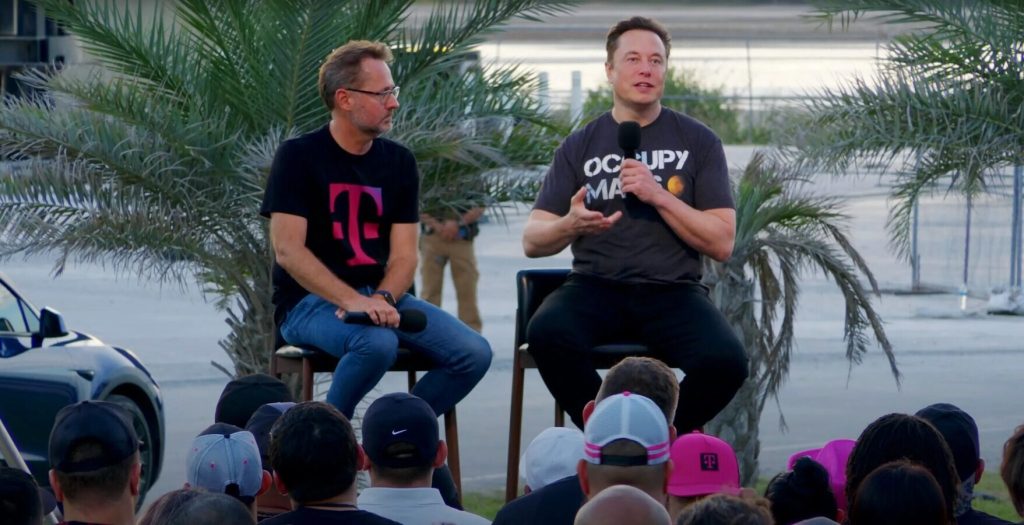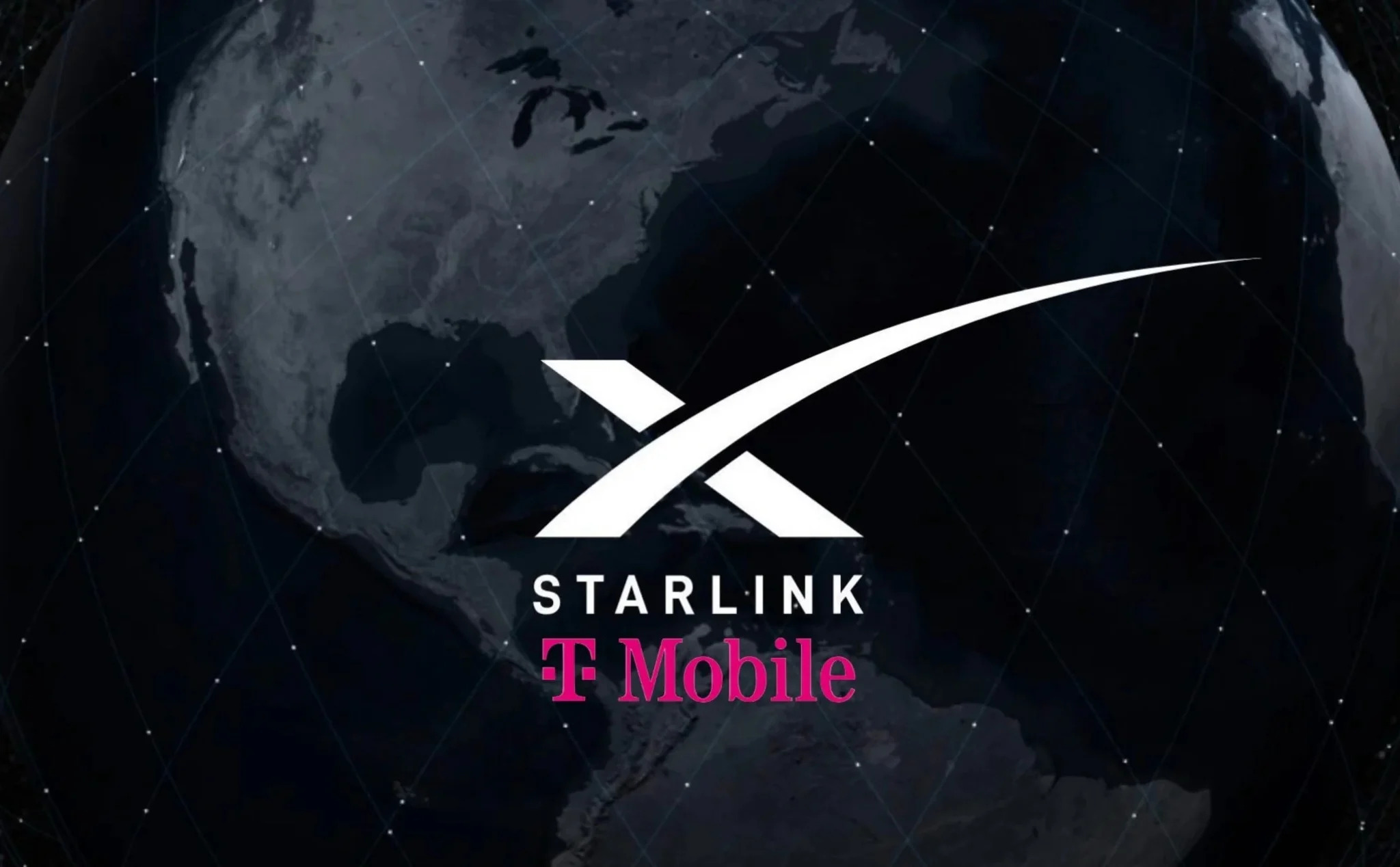Currently, phones with T-Mobile service are the only option to use Starlink’s Direct-to-Cell (DtC) service, which is expected to launch in the U.S. at the end of 2024. However, Elon Musk has just announced that the DtC service will not be exclusive to the T-Mobile network for long, and it may launch on other U.S. carriers after another year.
He posted on X as follows: “The Starlink satellite internet service directly to phones is exclusively for T-Mobile in the U.S. for the first year, after which it will be available to other carriers.””
Musk did not name any other carriers, but in the U.S., the three largest carriers by market share are Verizon, AT&T, and T-Mobile. Thus, the DtC service will land on smartphones with Verizon and AT&T networks as early as the end of 2025.
In the post, Musk also presented a global vision for the deployment of DtC services: “We are starting to work with each carrier in every country, and ultimately hope to serve all carriers.”” According to SpaceX, several telecom operators around the world are lining up to use the DtC service, including KDDI (Japan), Optus (Australia), One NZ (New Zealand), Salt (Switzerland), and Rogers. (Canada).

While regular Starlink Internet satellites require a satellite dish to connect to them, the Starlink DtC satellites allow direct connection to smartphones without the need for any additional hardware. It means they operate like a mobile tower in orbit. To have DtC capability, Starlink satellites need to be equipped with advanced eNodeB modems on board to function as mobile towers.
Currently, there are a total of over 4,500 Starlink satellites in orbit, but only 168 Starlink satellites are equipped with DtC technology. Ben Longmire, the satellite technical director of SpaceX, stated on X: “The DtC program has just added 26 satellites, bringing the total to 168.””
Among the 42 satellites launched into orbit by the Falcon 9 rocket on August 31, 26 satellites are equipped with DtC technology. The launch is divided into two sessions during the day, with each session consisting of 21 satellites, the first taking place at Cape Canaveral in Florida and the second from Vandenberg Air Force Base in California.

